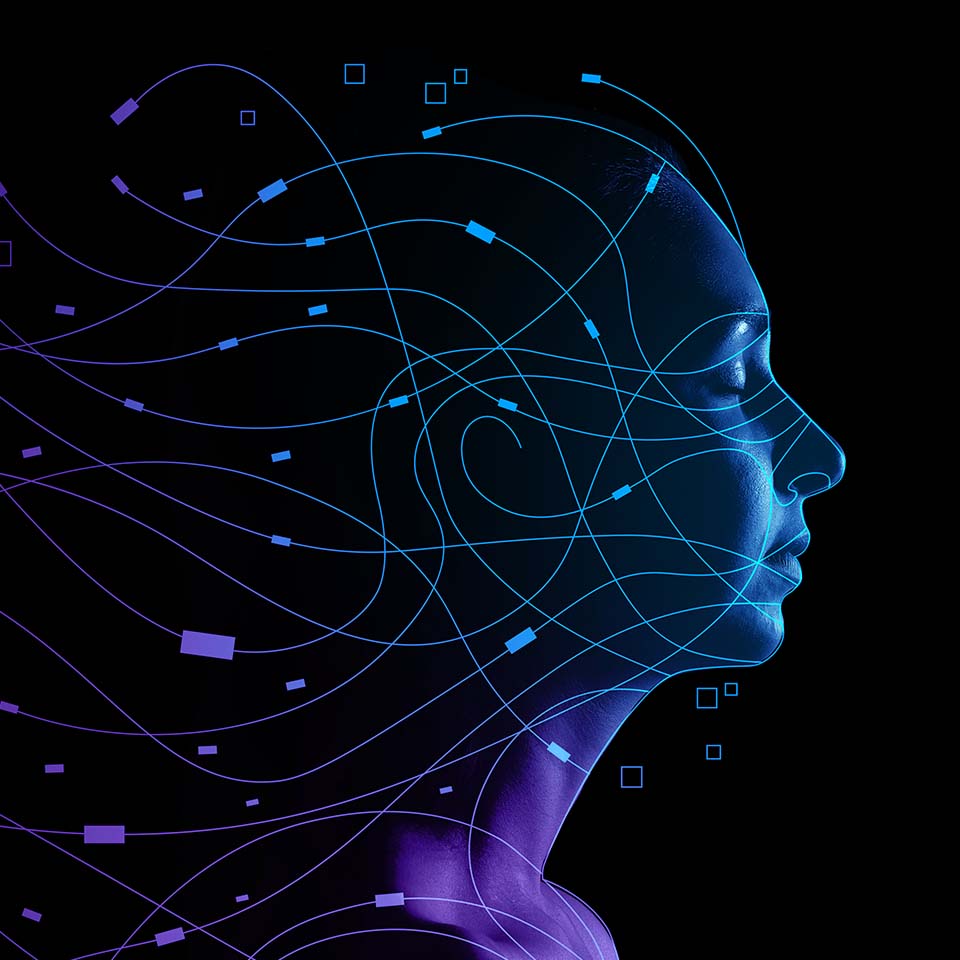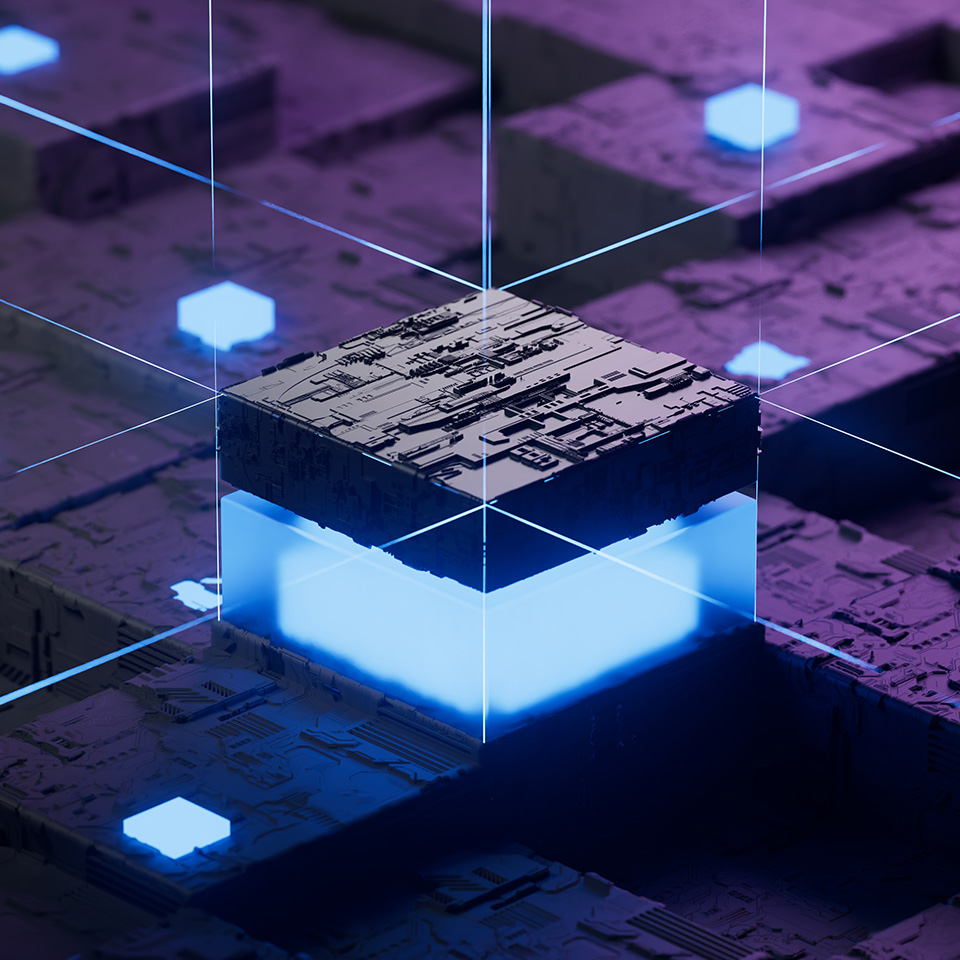The demands on software development teams have never been higher.
Speed, accuracy and innovation are paramount across all industries. While financial services and insurance (FSI) sectors are expected to be some of the most prominent investors in GenAI, organizations are turning to cutting-edge technologies to streamline processes and increase productivity. GenAI in coding is helping enterprises thrive in a software-defined world.
GenAI refers to AI systems capable of creating content — text, images, music or code — by learning from vast datasets. Its tools are designed to generate, optimize and debug code using LLMs trained on existing code repositories (e.g., on GitHub or Stack Overflow). Generating lines of code based on context means developers can build applications faster and more efficiently.
Searching through forums like Stack Overflow to find snippets of code is often part of the build process. But now, instead of manually searching, developers can use GenAI tools like ChatGPT to generate code from scratch, creating basic project structures, functions and even entire programs with ease. Having to communicate with machines exclusively through coding languages is a thing of the past.
Evolution of GenAI code tools
AI tools emerged through evolution rather than revolution. The process began with tools like autosuggest for word processors, which helped users draft emails and documents. In software development, early tools autocompleted functions or classes based on the code’s context. These tools proved invaluable, reducing time spent on repetitive tasks and minimizing syntax errors.
As AI evolved, so did coding tools. What started as simple autocompletion is now a highly sophisticated system capable of understanding complex coding patterns, referencing entire libraries and suggesting optimized code snippets. Today's GenAI tools go beyond mere autocompletion; they suggest whole blocks of code, libraries and functions. These tools also integrate seamlessly into development environments, allowing developers to ask questions and receive real-time code suggestions.
Moreover, tools serve as training aids for junior developers, guiding them through coding best practices and helping to produce error-free code.
These tools will continue to evolve, becoming embedded in every aspect of software development. For instance, at DXC, we collaborate with partners to develop coding tools tailored to our specific needs, drawing on the masses of accumulated code in our libraries.
Features and capabilities
The market for GenAI code tools is growing rapidly, embracing everyone from tech giants to open-source communities. Tools vary in their capabilities, focus areas and target audiences, however, they share a common goal: making software development easier, faster and more efficient.
GenAI code tools have many features designed to streamline the software development lifecycle (SDLC):
Plan. GenAI helps business and systems analysts draft initial project requirements, create user stories and develop technical strategies based on industry best practices. This facilitates more effective planning and ensures development aligns with business requirements from the outset.
Design. GenAI helps software architects analyze requirements documents and generate architectural blueprints. It can accelerate prototyping, rapidly creating functional models to test product ideas. Suppose an architect needed to explore different design patterns. GenAI could propose optimal structures based on the requirements.
Implement, test and maintain:
- Code generation. GenAI tools generate code from scratch. Developers input a simple prompt or description in natural language, and AI generates the corresponding code. This is especially useful for creating and modernizing code, setting up project frameworks and generating repetitive code structures.
- Code completion. Building on traditional autocompletion tools, GenAI can suggest entire lines or blocks of code based on the context. This speeds up the coding process and reduces the likelihood of syntax errors.
- Code optimization. GenAI analyzes the code and recommends more efficient ways to achieve the same outcome, helping developers write cleaner, faster and more efficient code.
- Code conversion. These tools convert code from one language to another (e.g., COBOL to Java).
- Code documentation. Writing documentation can be tedious. GenAI tools automatically generate documents alongside the code, ensuring the codebase is authenticated and the developer workload is reduced.
- Debugging. Debugging is an essential, if time-consuming, element of software development. GenAI tools identify code errors and suggest fixes, making debugging faster and more efficient. GenAI also supports "rubberducking", where developers articulate their code issues aloud, often leading to breakthroughs. In this case, GenAI acts as the rubber duck, analyzing the problem, offering intelligent suggestions and saving valuable time and resources.
- Test generation. GenAI tools can automatically generate test cases for the code, significantly speeding up testing. Tests might not always be perfect, but they provide a solid foundation for developers to refine.
DXC uses technology to augment its software development teams. The DXC AI Workbench allows our engineers to create new software faster and reduce time to market. Further, we offer the AI Workbench as an as-a-Service platform to increase flexibility and reduce client costs. The AI Workbench uses Agentic AI (multiple AI agents) to accomplish complex developer tasks and achieve automation with greater accuracy.
Education and training
GenAI tools can act as on-demand tutors for junior developers or those learning a new language by explaining code snippets or offering best-practice suggestions. For instance, AI could highlight transferable skills while flagging up nuances requiring special attention for developers (familiar with JavaScript) learning ReactJS. This accelerates the onboarding and learning process, allowing development teams to achieve full productivity faster.
GenAI’s many features are geared toward streamlining the development process. Whether it’s generating new code, optimizing existing code or helping with documentation and testing, GenAI tools are an invaluable asset for modern development teams.
The future of GenAI in coding
The integration of GenAI and coding is no passing trend. From software ideation to testing, these tools transform how developers work, making them more productive and innovative.
The potential for autonomous coding, where AI handles entire projects with minimal human intervention, is set to become a reality. That said, let’s not forget that these tools are meant to augment human intelligence, not replace it. We regard GenAI as accelerating developer empowerment, allowing them to focus on higher-level tasks and drive innovation.
Here, we’ve scratched the surface of GenAI’s coding capabilities. The next blog in this series, will explore real-world use cases, challenges and best practices for leveraging these tools in your own development projects.
Let's talk
For further insights into how DXC can help you optimize your processes and harness GenAI’s full potential (or to arrange a demo), contact us.











